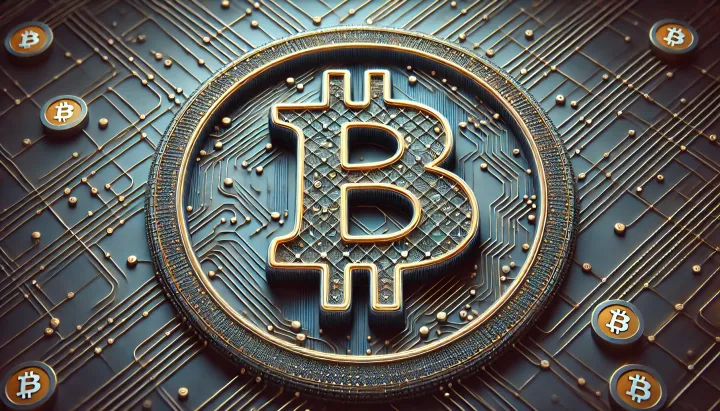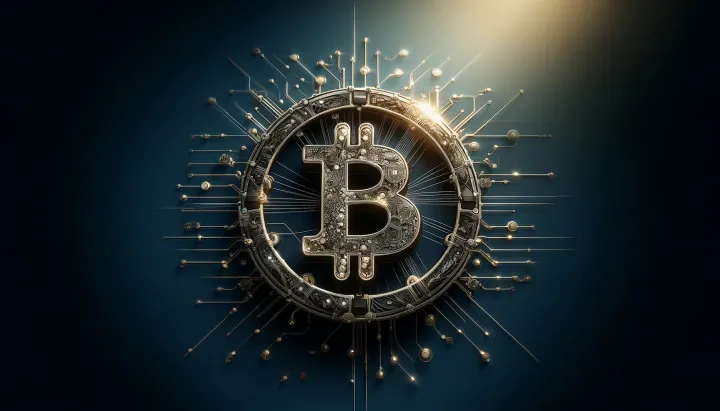Bitcoin Consensus and Upgrade Risks
The November 18, 2024 episode of THE Bitcoin Podcast features Lyn Alden and Steve Lee analyzing risks in Bitcoin consensus and protocol upgrades.

- My 'briefing notes' summarize the content of podcast episodes; they do not reflect my own views.
- They contain (1) a summary of podcast content, (2) potential information gaps, and (3) some speculative views on wider Bitcoin implications.
- Pay attention to broadcast dates (I often summarize older episodes)
- Some episodes I summarize may be sponsored: don't trust, verify, if the information you are looking for is to be used for decision-making.
Summary
The November 18, 2024 episode of THE Bitcoin Podcast features Lyn Alden and Steve Lee analyzing risks in Bitcoin consensus and protocol upgrades. They explain how six stakeholder groups influence outcomes, why self-custody investors act faster than institutions, and how power shifts differ between hard and soft forks. Central risks include mining centralization, fragile activation methods, and contentious proposals such as covenants that could lock funds.
Take-Home Messages
- Consensus vs. Maintenance: Routine code changes are distinct from rare, high-stakes consensus rule modifications.
- Stakeholder Dynamics: Six groups - nodes, investors, miners, influencers, protocol developers, and application developers - shape upgrade paths.
- Investor Influence: Self-custody holders act swiftly in hard forks, while institutions face delays from fiduciary and legal constraints.
- Mining Centralization: A handful of pools control most hash rate, heightening systemic risk and governance challenges.
- Activation Fragility: Poorly supported soft forks and covenant-based proposals risk fund lockups and potential rollback attacks.
Overview
Lyn Alden and Steve Lee present their work on a living, open-source report mapping how Bitcoin consensus operates and where risks emerge. They emphasize the difference between daily maintenance updates and rare consensus rule changes, noting that the latter require broad stakeholder coordination. Consensus is achieved not through voting but through the absence of strong, sustained opposition.
The report identifies six stakeholder groups: economic nodes; investors; miners; influencers; protocol developers; and application developers. Each group has distinct powers and incentives, with investors ultimately decisive in hard forks because they can reprice markets quickly. In soft forks, miners, developers, and nodes play earlier roles, with investor influence rising only if contention escalates.
Alden highlights the importance of “states of mind,” ranging from strong support to apathy or unawareness, in shaping outcomes. The SegWit activation showed how contentious pathways differ from smoother examples like Taproot, where technical agreement was broad and investor apathy prevailed. Lee adds that user-activated or user-resisted forks demonstrate how activists can pressure miners, though history shows success depends on broad economic-node support.
Risk factors include concentrated mining pools, fragile activation mechanisms, and proposals like covenants that could lock funds in vulnerable ways. Lee explains how pool payout models reinforce centralization and create potential single points of failure. Alden stresses that while bug-fix upgrades should be uncontroversial, contentious proposals require careful scrutiny to avoid undermining Bitcoin’s credibility through chaotic chain splits.
Stakeholder Perspectives
- Protocol Developers: Seek safety-first upgrades, emphasize bug fixes, and act as gatekeepers in merging code.
- Application Developers: Push for new features to expand design possibilities but face risks if adoption lags.
- Miners: Want stability and clear incentives but centralization pressures amplify their influence in consensus.
- Economic Nodes: Exchanges and processors require clarity on upgrade paths before implementing enforcement.
- Institutional Investors: Hold significant volumes yet move cautiously due to fiduciary and regulatory constraints.
Implications and Future Outlook
Consensus change in Bitcoin is increasingly political as well as technical, with activation design determining whether proposals succeed smoothly or fracture the network. The lack of formal governance means stakeholders must rely on trust, norms, and informal indicators, leaving room for apathy and misinformation. This dynamic underscores the importance of education and transparent communication before proposals escalate into conflict.
Mining centralization is a persistent threat to Bitcoin’s resilience, with a handful of pools exercising disproportionate control over block construction. Unless payout mechanisms and operational control diversify, consensus risks will remain concentrated. Addressing this issue is vital for long-term credibility and systemic security.
Future proposals such as covenants illustrate both innovation potential and existential risks. Poorly coordinated adoption could create exploitable incentives or chaotic splits, while well-tested paths may strengthen functionality without endangering consensus. The outcome depends on whether developers, investors, and nodes can align around cautious but forward-looking standards.
Some Key Information Gaps
- How can Bitcoin avoid fragile soft fork scenarios that create exploitable bounties? Preventing poorly supported forks is critical to safeguard user funds and network stability.
- What strategies can reduce mining pool centralization and restore competitive balance? Ensuring diversified mining strengthens resilience against collusion or governance capture.
- How much influence will ETFs and corporate treasuries have in future consensus disputes? Institutional constraints may reshape governance dynamics and affect upgrade feasibility.
- Which covenant proposals offer the lowest risk of creating unintended consequences? Careful vetting is needed to balance innovation with systemic safety.
- How reliable are indicators such as mailing list debates or miner signaling in predicting consensus? Better measures of sentiment could improve preparedness and coordination.
Broader Implications for Bitcoin
Governance without Formal Structures
Bitcoin’s reliance on informal consensus highlights the fragility of governance models without formal institutions. As adoption scales, disputes over upgrades could escalate into political conflicts that test the limits of decentralized coordination. This raises broader questions for policymakers about how to interact with systems that lack clear authority.
Institutional Constraints in Decentralized Systems
The growing role of ETFs and corporate treasuries introduces fiduciary and regulatory inertia into Bitcoin governance. Large institutions may resist timely action in contentious forks, increasing the relative influence of agile self-custody holders. Over time, this divergence could reshape how capital markets evaluate governance risk in decentralized systems.
Energy and Security Trade-offs
Mining centralization underscores the link between energy markets, industrial policy, and Bitcoin’s security model. Concentration of hash rate in a few entities or regions exposes the system to geopolitical leverage and systemic vulnerability. This dynamic could drive national debates over energy independence and strategic control of mining infrastructure.
Innovation vs. Stability
Proposals such as covenants reveal the tension between technical experimentation and systemic safety. Innovation could unlock new applications, but hasty adoption risks undermining Bitcoin’s credibility and security. The broader implication is that decentralized systems must balance adaptability with extreme conservatism in rule changes.



Comments ()